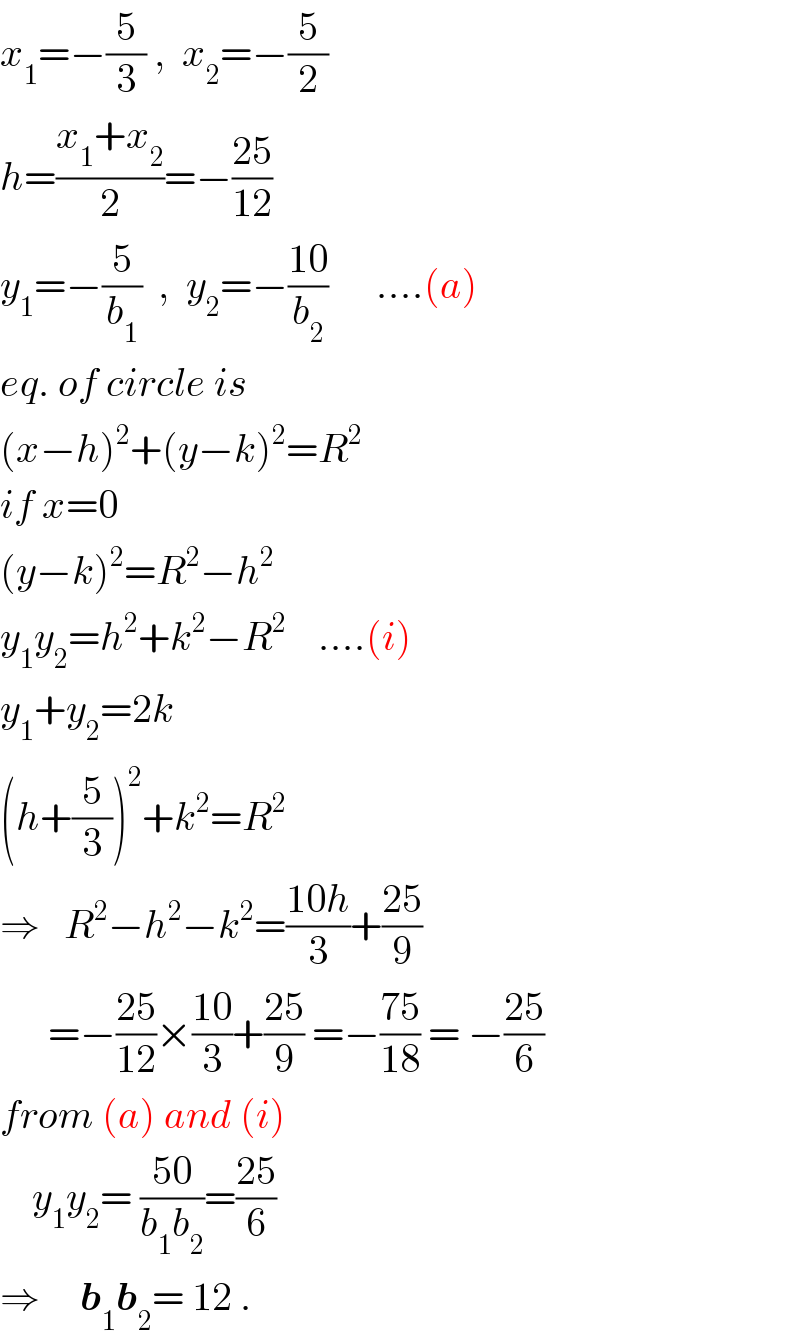
Question and Answers Forum
Question Number 37252 by Tinkutara last updated on 11/Jun/18

Commented by rahul 19 last updated on 11/Jun/18

Answered by ajfour last updated on 11/Jun/18

Commented by Tinkutara last updated on 11/Jun/18
Thank you very much Sir! I got the answer. ��������
Commented by ajfour last updated on 11/Jun/18

Commented by Tinkutara last updated on 11/Jun/18
Thank you Sir.
